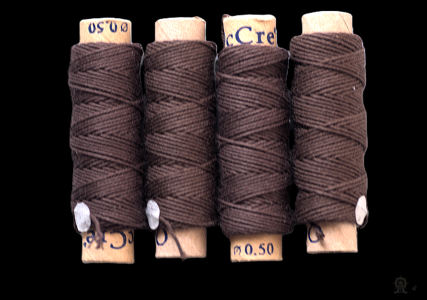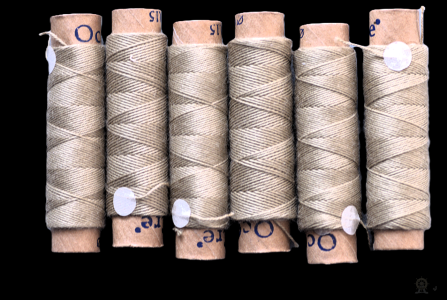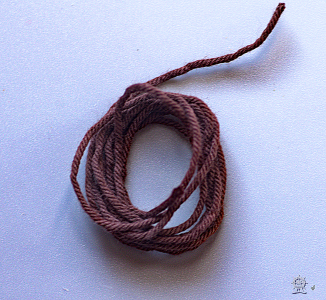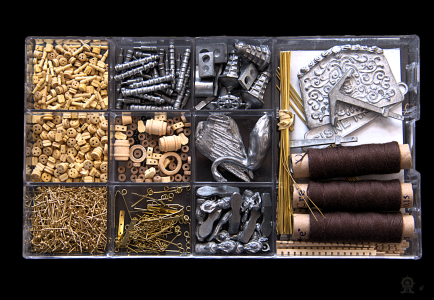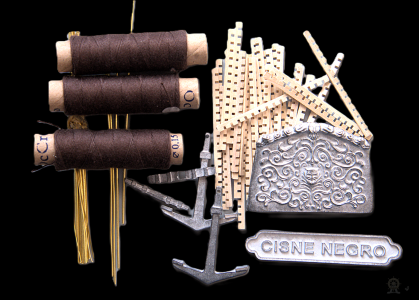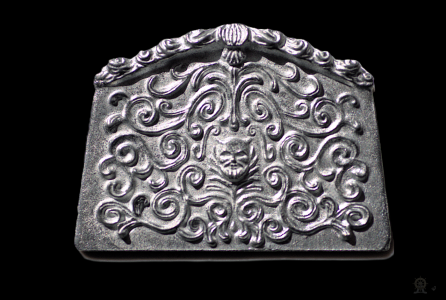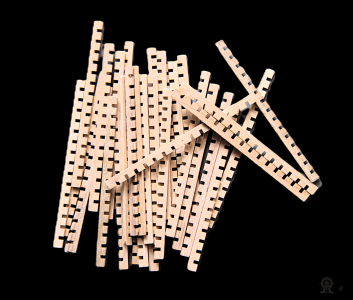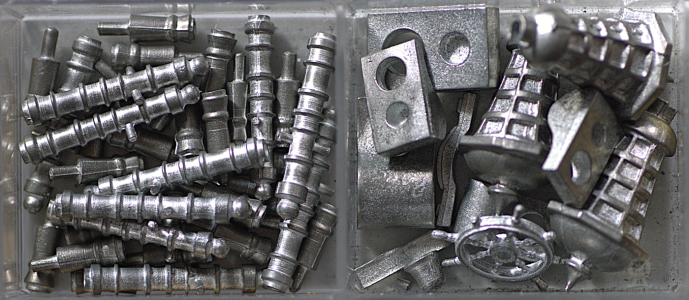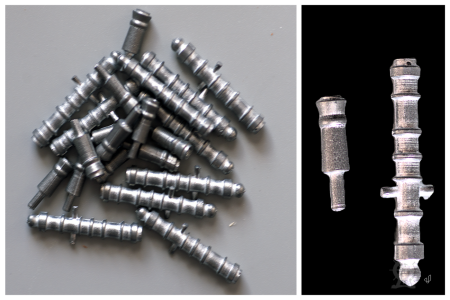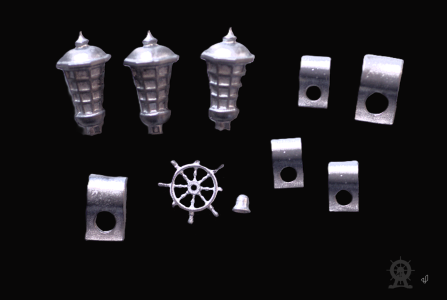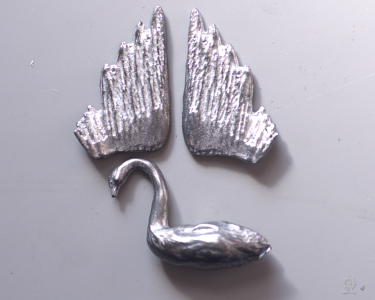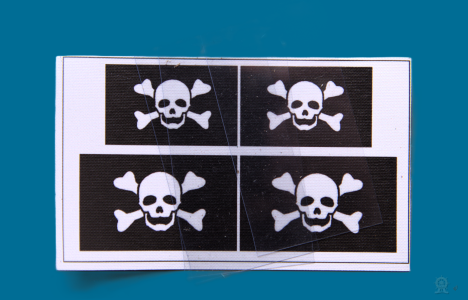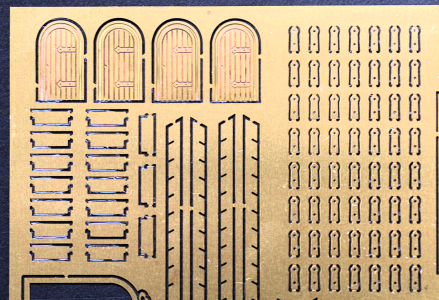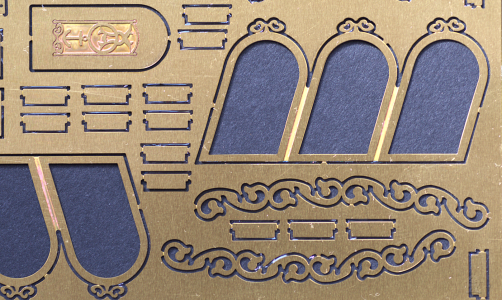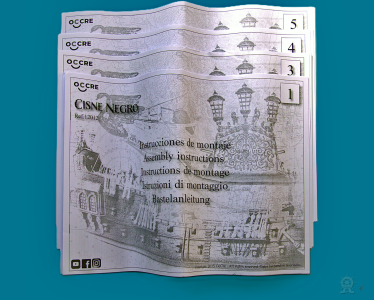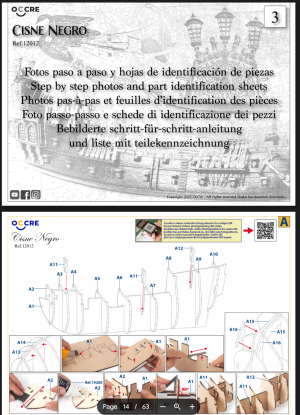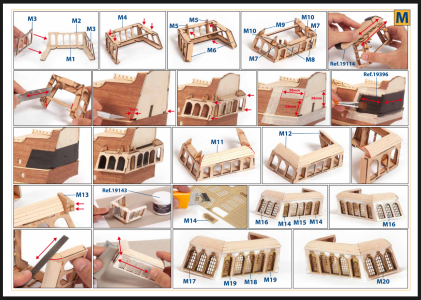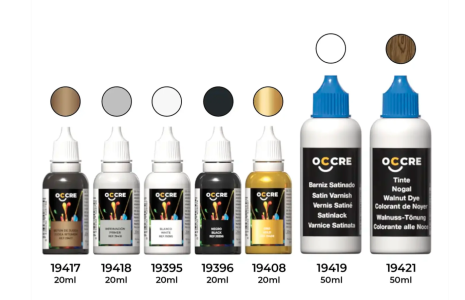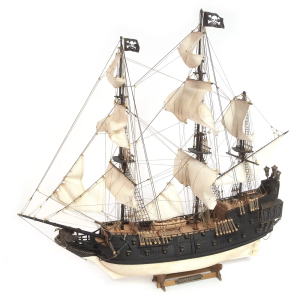The Legend of the Black Swan: A Pirate Ship Lost to Time
In the golden age of piracy, when the Caribbean was a battleground of nations and cutthroats, there sailed a ship feared by all who glimpsed her dark sails on the horizon. She was known as The Black Swan—a name spoken in hushed tones in the taverns of Port Royal, whispered in prayers by Spanish galleon captains, and etched into the nightmares of British naval officers.
Unlike many pirate ships, the Black Swan was not built for war—it was stolen. Once a merchant galleon of the Dutch West India Company, she was captured by pirates off the coast of Curaçao in 1698. Her new captain, Isadora Sharp, was a former naval officer turned rogue, known for her tactical brilliance and ruthless sense of justice. She renamed the ship The Black Swan after a rare and ominous sighting during a storm that spared her crew but destroyed three others. From that day, the crew claimed the ship was “watched over by the sea itself.”
The Black Swan was heavily modified—her hull blackened with pitch and ash to blend into the night, her sails trimmed for speed, and her gun ports expanded to hold 36 cannons. She was not the fastest ship on the seas, but she was among the deadliest. With her, Captain Sharp and her crew raided the gold fleets of Spain, seized slaver ships to free their human cargo, and attacked corrupt colonial governors. Some called them pirates; others, privateers with a conscience.
But just as her legend grew, so did the mystery. In 1702, The Black Swan vanished during a fog-covered pursuit near the Bermuda Triangle. Some believe she was sunk by a British man-o-war. Others whisper as she still sails beneath the waves, her crew cursed to roam the deep forever. Fishermen swear they've seen ghostly sails on moonless nights—gliding silently across the water.
Whether a tale of rebellion, redemption, or revenge, the story of The Black Swan remains etched in maritime lore: a ship that defied empires flew the black flag not for gold alone, but for freedom—and vanished into legend.
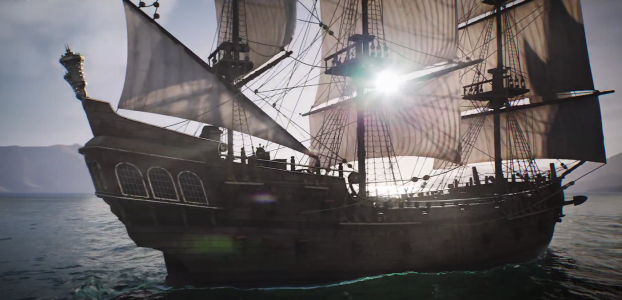
OcCre's The Black Swan model kit offers enthusiasts an opportunity to recreate a legendary pirate vessel, drawing inspiration from Rafael Sabatini's novel and its cinematic adaptations. From the coasts of Jamaica and Tortuga to Hispaniola, this ship is one of the most emblematic figures in the naval history of the Caribbean. This review delves into the kit's components, quality, and overall value.
Model Technical Sheet
Scale: 1/75Width: 257 mm
Height: 585 mm
Length: 613 mm
Number of parts: 3,342
Estimated build time: 480 hours approx.
Difficulty level: Medium
Step-By-Step video: Yes
Ref: 12012
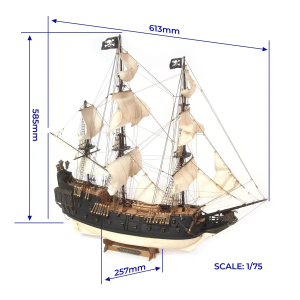
The Kit
OcCre's packaging is both functional and visually appealing. The box features a vibrant image of the completed model, complemented by a transparent window showcasing the fittings box—a signature of OcCre's presentation style. Upon opening, the kit's organization stands out. Each component is meticulously compartmentalized, minimizing potential damage during transit.
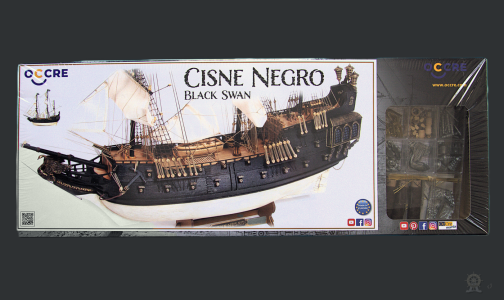

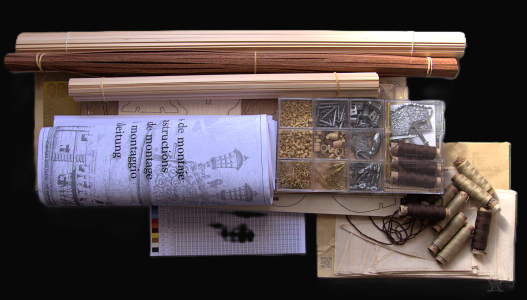
Wooden Components
All timber, and plywood sheets (except the milled strips and dowels) are securely sealed in cellophane and exhibit no signs of warping or twisting. The kit offers a diverse selection of wooden parts.
- Plywood and MDF Sheets: Laser-cut for precision, forming the model's structural framework.
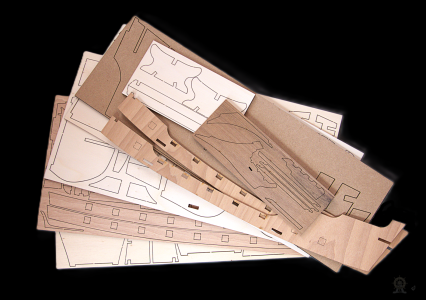
The falskeel MDF sheet shows that there are ten bulkheads in total, distributed across two separate plywood sheets. These sheets also include additional components, such as mast steps and various fairing blocks.
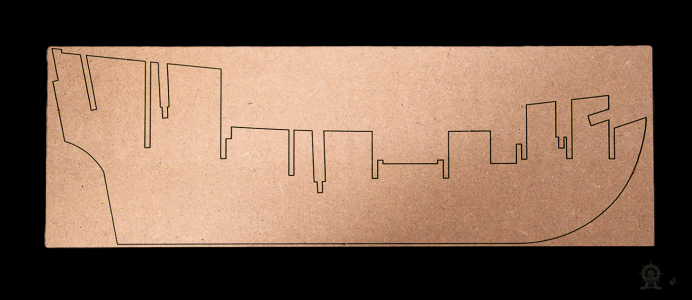
The laser-cut bulkheads exhibit excellent precision and consistency, with clean, sharp edges and minimal burn marks, ensuring a high-quality fit and easy assembly.

One sheet includes the components for the cradle/display stand, while another sheet contains the four falsedeck sections, including the beak deck, as well as the various components required to assemble the ship's boat. Both sheets are made from plywood.
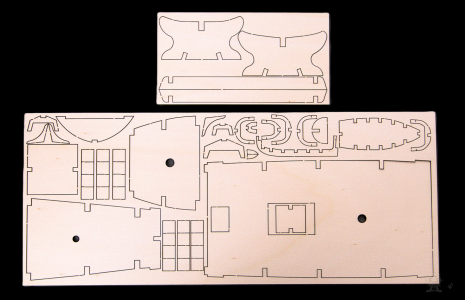
The sheet below, contains parts of the prow, keel, and rudder post, all crafted from solid timber, walnut perhaps?
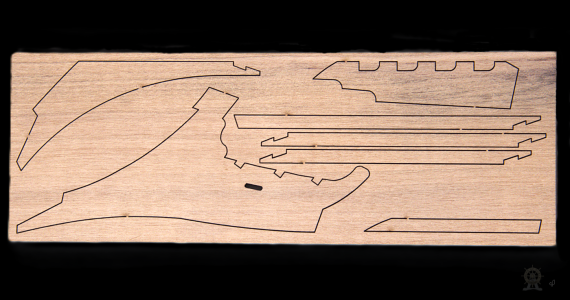
This sheet (below) contains all the intricate details, including stern rails, cannon carriages, mast tops, and the lower run of cannon ports, all arranged on a single plywood strip. Additionally, it includes galleries, channels, and other components. The laser cutting is of exceptional quality as far as I can see.
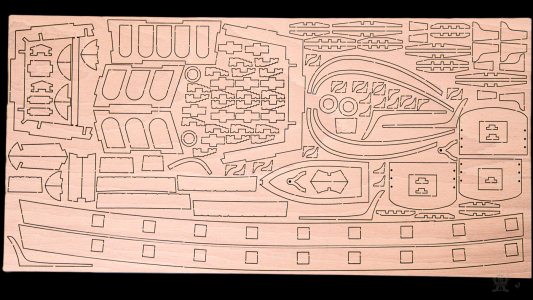
The upper bulwarks are provided as a single piece, crafted from plywood. The quarterdeck’s upper edge features ports, with a temporary insert in place to maintain the edge's alignment during the critical stage of hull construction. Other ports are filled and require only the removal of the central portion (tabs).
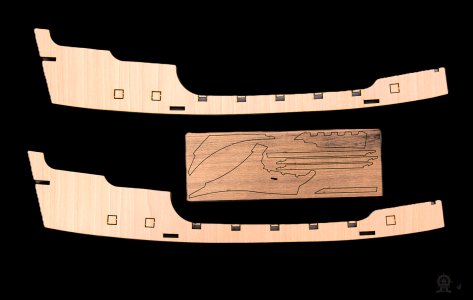
**** Please note that part numbers are not engraved on these sheets; you will need to cross-reference the parts identification sheet with instructions/manual for those details!
Wood Strips: Crafted from various species, these strips are used for planking and detailing. This kit includes three packs of timber strips and dowels. The hull is initially planked with lime wood (2 x 5mm), followed by the application of dark, thin veneers from mahogany, my guess. The strip wood and dowels are precisely cut, with clean edges and no visible warping.

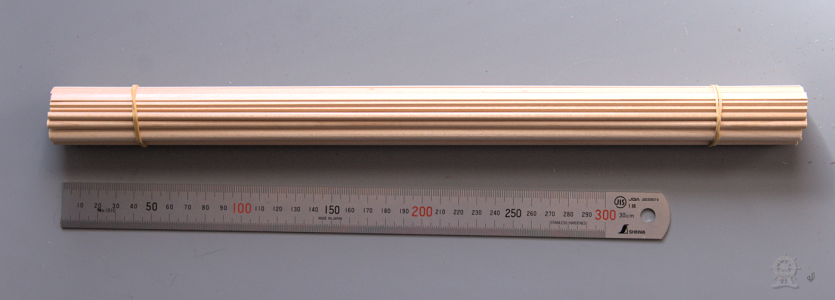
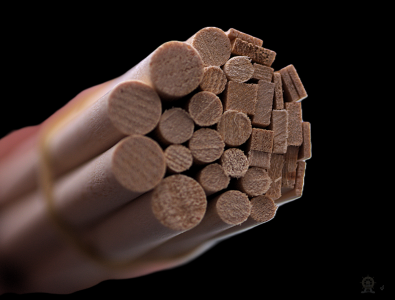
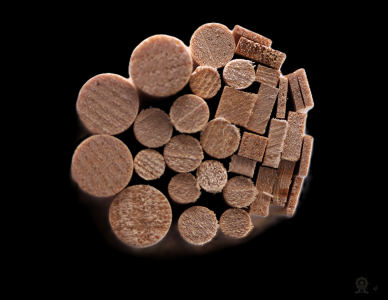

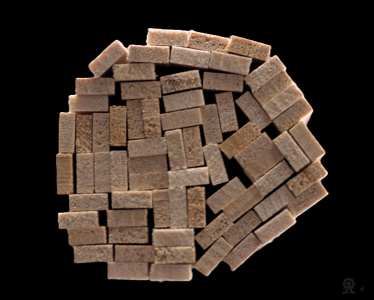
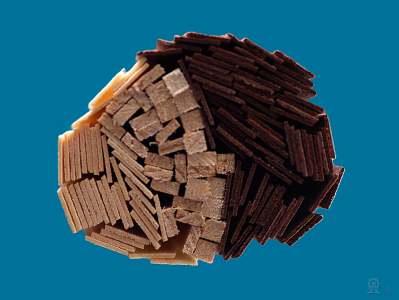
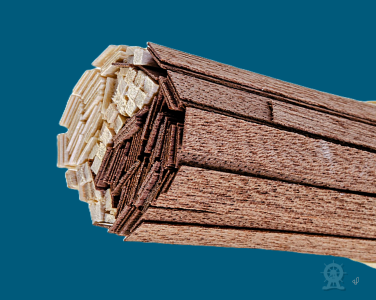
The quality of the wood is commendable, with minimal warping and clean cuts, ensuring a smoother building experience.
Sails and Rigging lines.
OcCre has provided a high-quality set of pre-sewn sails, meticulously crafted with attention to detail and precision. However, for those with more exacting standards, the addition of a bolt rope will be necessary.
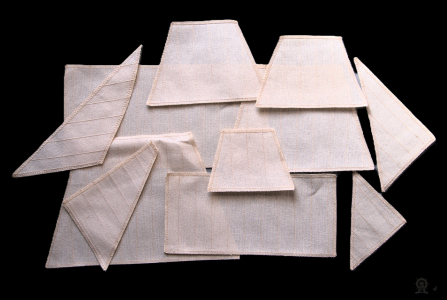
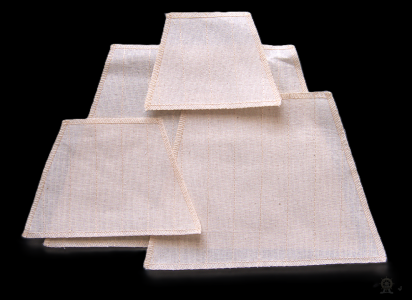

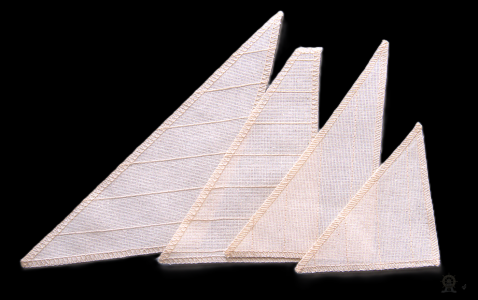
Enthusiasts of cotton rigging will appreciate that the Black Swan kit includes an ample supply of ropes. The kit provides 10 spools (5 tan and 5 dark brown) in various thicknesses. Each thread's size is indicated on the spool label. The threads exhibit no visible fuzz, only macro-level texture.
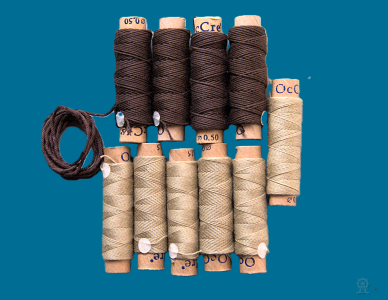
Please proceed with the next posts as the limit of 25 images per post has been reached.


